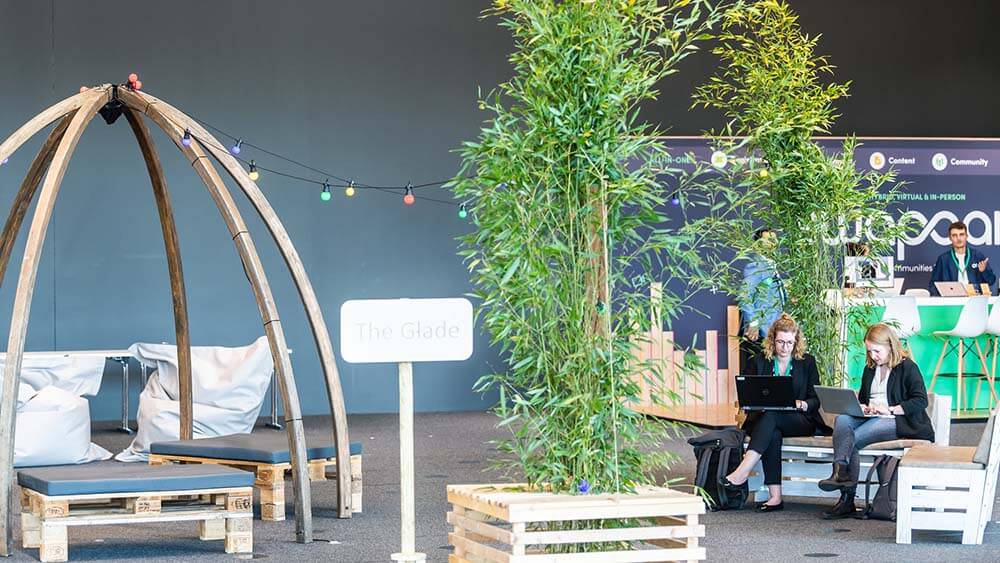
BPA Worldwide’s iCompli Sustainability division has joined Maritz Global Events’ Wellbeing Network, providing a custom tool for clients to measure the carbon footprint of their events. (Mattias Nutt photo)
What mark is your event leaving on the planet? In conversations with clients and internal staff at Maritz Global Events, Rachael Riggs, CMP, DES, who serves as the company’s wellbeing leader, found the need for a carbon footprint measurement tool kept coming up as a way to address that question.

Rachael Riggs
Corporations, in particular, have been asking Maritz Global Events for help measuring and lessening their carbon footprint, Riggs said. “The reason being, many of these large corporations have done the first round of carbon measurement in terms of their organization’s footprint around the world,” she said. “And then, as they’re digging down in that sustainability effort, the next level” is their meetings and events portfolio. COVID has presented something of “an opportunity,” she added, “because they’ve had to pause everything.”
To respond to that need, Maritz Global Events announced last month that BPA Worldwide’s iCompli Sustainability division had joined its Wellbeing Network, a newly created group of product and service providers that align with Maritz Global Events’s Five Dimensions of Wellbeing: environmental, personal, career, financial, and social wellbeing. The iCompli Sustainability division provides a custom tool for clients to measure the carbon footprint of an event, and then a roadmap for how to improve it.
The BPA tool works in three phases. During the first phase, Discovery and Assessment, participating organizers learn what kind of data is needed to complete the carbon footprint assessment. In the second phase, Design to Improve the Footprint, the BPA iCompli Sustainability team ensures the organizer inputs complete information and the full footprint calculation is provided. Maritz Global Events will receive the report and make recommendations on how to lessen the amount of carbon dioxide released in the atmosphere as a result of hosting the event. In the third phase, Maritz Global Events will work with the organizers to ensure recommendations are implemented efficiently.
“We’re not advocating to not have meetings by any stretch of imagination. If you read about the work from various experts,” Riggs said, their advice is to “put a stake in the ground and go in with knowledge and understanding of how you can improve. We’re trying to help our clients figure out how to even start.”
So that Maritz Global Events has firsthand knowledge, the team is in the process of using the tool to analyze an internal event’s data.
Clients have begun filling out carbon footprint assessments — detailing everything from the city where the event will be held to air travel required to facility information and food and beverage offerings — to get a “full-picture analysis,” Riggs said.
Riggs acknowledged that the carbon measurement tool isn’t an exact science — there are so many variables and factors. “But,” she said, “you have to start somewhere.”
Casey Gale is associate editor at Convene.
